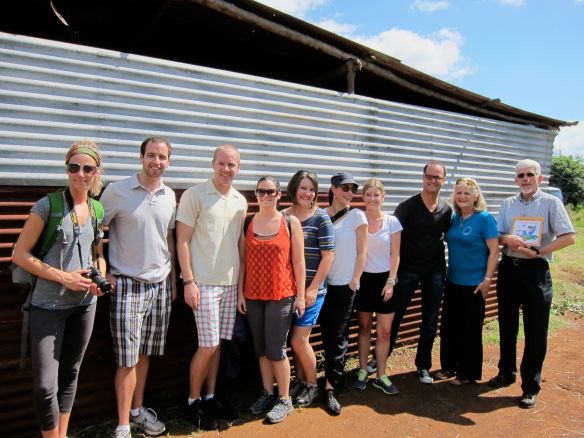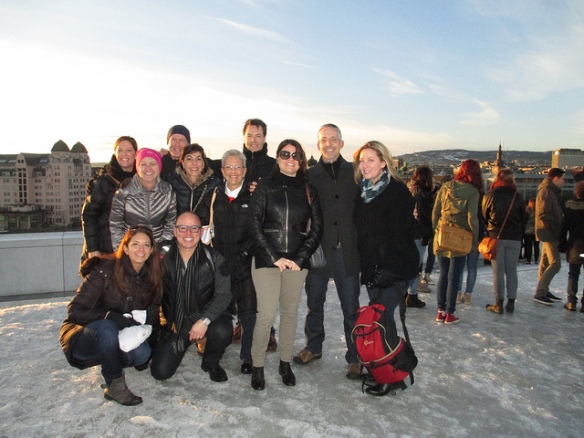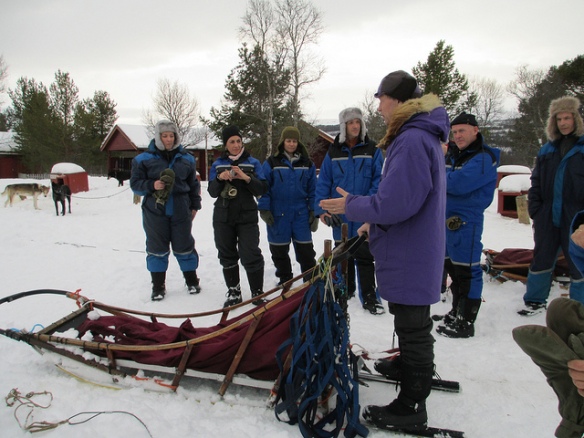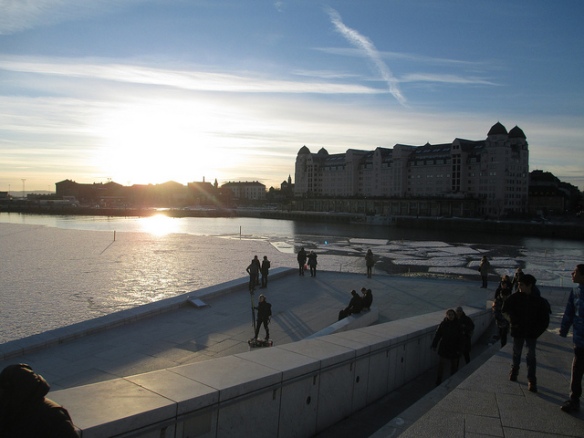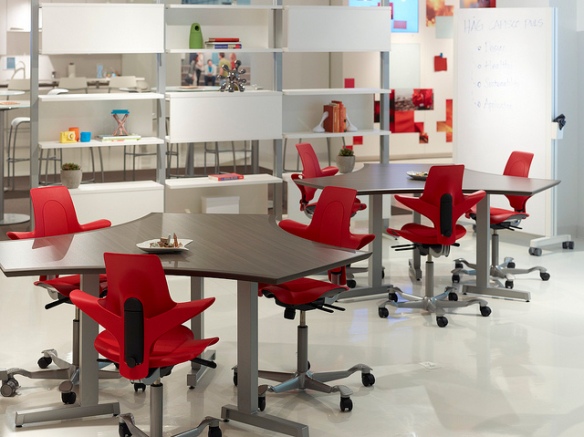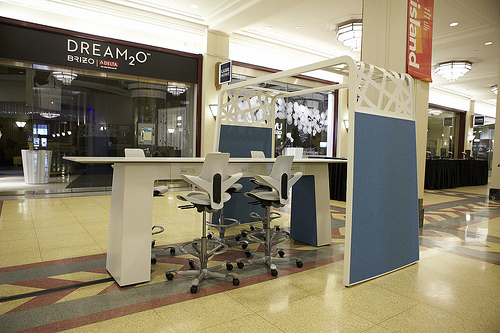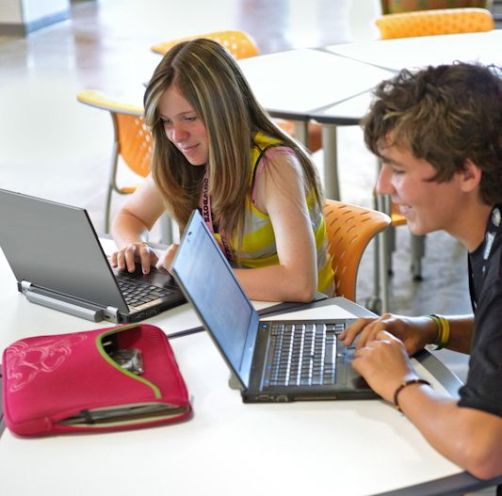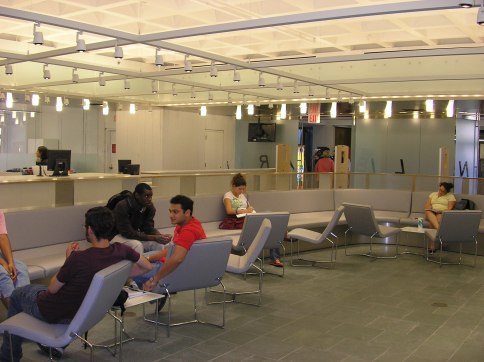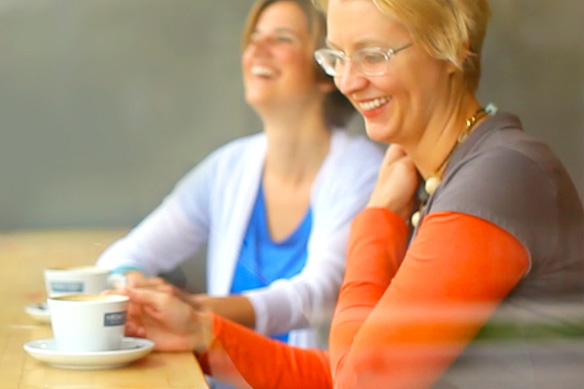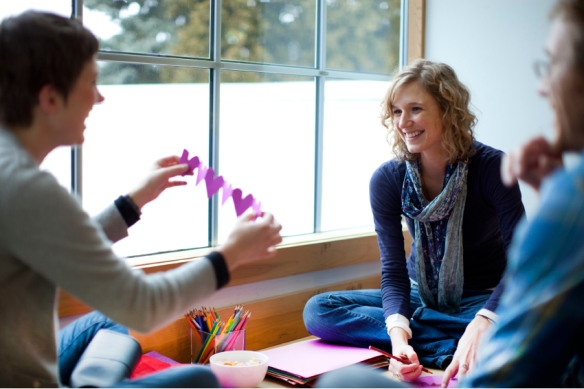Photo by lindyi
It’s summer—the time of year most synonymous with travel. As soon as the weather begins warming up, we start feeling that itch to get away. Travel is something most of us crave so much that we set aside precious time and money for it, and we often enjoy the planning and anticipation almost as much as journey itself.
There are obvious, almost universal benefits of travel, like the freedom of leaving our inbox, yard work, and the daily grind behind. Other benefits are more personal, depending on whether we’re seeking relaxation or adventure, natural beauty or urban stimulation, a complete change of scene or a chance to revisit a family tradition.
But no matter what kind of getaway you prefer, scientists confirm what people have innately known for hundreds of years: The psychological benefits of setting out for a new destination are multiple and impactful. In fact, “getting away” is essential to effective thinking—it actually opens up neuropathways in the brain, because it puts distance between us and all the problems that feel “close” when we’re at work and home.
“When we get geographic distance from our own problems + feel more relaxed due to being on vacation, we’re more likely to see new ways of dealing with problems at home,” writes Psychology Today reporter Alice Boyes in “5 Reasons Why Travel is Good For You: The Positive Psychology of Travel.”
Yep. The first benefit of travel, according to Boyes, is that “Geographic distance leads to improved problem solving” that’s “more creative and expansive.” Brandon Reame, Market Development Strategist at izzy+, has seen that happen first hand—not just as a result of his own travels, but also when he led a group of interior designers on an izzy+ trip to Nicaragua last fall.
“There’s something about a change of scene that gives you a different perspective,” says Reame. “It’s almost like at home you’ve been stuck attacking problems from the same angle, over and over again, and as soon as you get away you can see the whole situation differently. I loved watching how being in Nicaragua opened up the minds of the designers we took on our trip.”
Joy Eling, izzy+ Product and Brand Manager, agrees: Travel is inspiring—even when it’s just a family vacation to the beach.
“What I love most about travel is stepping outside the norm of daily life, and the flexibility and experiences that come with it,” says Eling. “That comes from creating my own schedule, which is usually no schedule at all, and being able to explore new places and experiences. It all helps me feel relaxed and inspired.”
In the “5 Reason Why Travel is Good for You” article, Boyes shares four other key benefits of travel: being more open to new experiences, which builds new skills to take home with us; developing a more expanded sense of self and what we’re capable of; being able to fully relax (a given benefit!); and returning home with more curiosity and a broader sense of meaning in life.
Reame adds another benefit: Travel impacts how we see others, which in turn impacts our ability to be Better Together.
“There are really great people everywhere in this world, from Abu Dhabi, to Cologne, to Birmingham. Traveling has allowed me meet and form great relationships in many corners of the country and world,” Reame says. “Getting out of the office is also the best way to really see what other people are dealing with. It’s hard to create a relevant brand without spending time out in the world.”
While all those benefits of travel sound wonderful, the reality is that we have to stay home and take care of business before we can afford the time and money travel requires. So does that mean our problem-solving, creativity, and relationships are destined to remain stuck when we’re stuck in the office?
Not necessarily. Especially if you’re in an environment that’s been designed with multiple “inspired destinations”—places that compel you to get away from your desk, interact with different people, and enjoy a change of scene. The impact won’t be as powerful as traveling with izzy+ to Nicaragua or Norway, but even these mini “getaways” can do you plenty of good (and you don’t have to worry about airport delays!). We’ll explore how in Part II of this blog series, as well as in our NeoCon 2013 showroom. (Now there’s an inspired destination—hope to see you there!)


